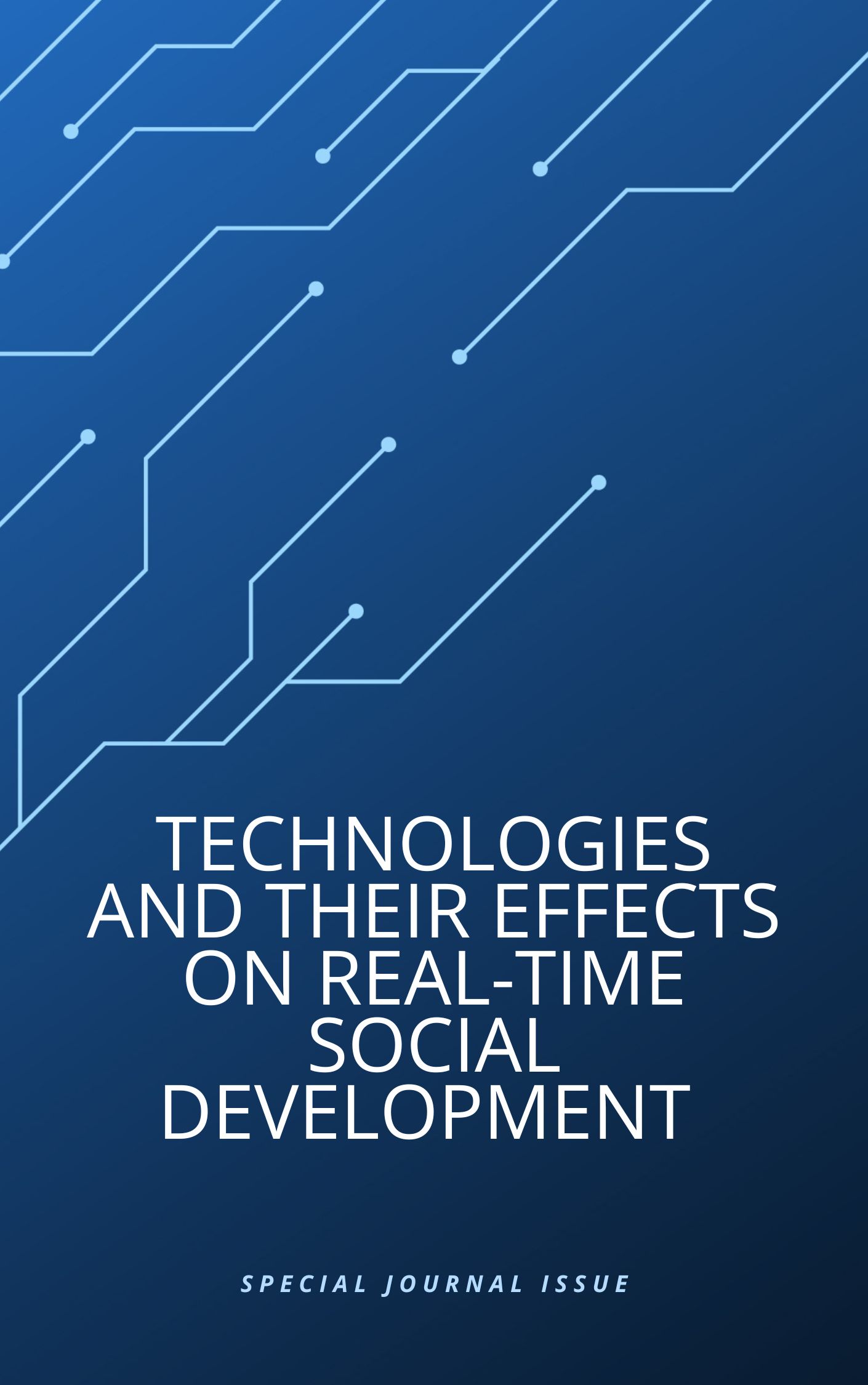1D-CNN: One Dimensional Convolution Neural Network-based Electroencephalogram (EEG) Signals Classification with Efficient Artifact Removal for Real-Time Medical Applications
Main Article Content
Abstract
Article Details

This work is licensed under a Creative Commons Attribution-NonCommercial 4.0 International License.
References
L. Shoker, S. Sanei, J. Chambers, Artifact removal from electroencephalograms using a hybrid BSS-SVM algorithm, IEEE Signal Processing Letters 12 (10) (2005) 721–724.
H. Nolan, R. Whelan, R.B. Reilly, FASTER: Fully Automated Statistical Thresholding for EEG artifact Rejection, Journal of Neuroscience Methods 192 (1) (2010) 152–162.
R. Mahajan, B.I. Morshed, Unsupervised Eye Blink Artifact Denoising of EEG Data with Modified Multiscale Sample Entropy, Kurtosis, and Wavelet-ICA, IEEE Journal of Biomedical and Health Informatics 19 (1) (2015) 158–165.
U. Srilakshmi, J Manikandan, Thanmayee Velagapudi, Gandla Abhinav, Tharun Kumar, & Dogiparthy Saideep. (2024). A New Approach to Computationally- Successful Linear and Polynomial Regression Analytics of Large Data in Medicine. Journal of Computer Allied Intelligence, 2(2), 35-48.
Matta V., Di Mauro M., Longo M., (2016), Botnet Identification in Randomized DDoS Attacks. In Proc. of IEEE EUSIPCO16, pp. 2260-2264 Budapest (Hungary), Aug./Sept. 2016.
Md. Mamun, Mahmoud Al-Kadi, Mohd. Marufuzzaman, Effectiveness of Wavelet Denoising on Electroencephalogram Signals, Journal of Applied Research and Technology 11 (1) (2013) 156–160
Srinivasa Sai Abhijit Challapalli, Bala kandukuri, Hari Bandireddi, & Jahnavi Pudi. (2024). Profile Face Recognition and Classification Using Multi-Task Cascaded Convolutional Networks. Journal of Computer Allied Intelligence, 2(6), 65-78.
Graves A, Mohamed A and Hinton G 2013 Speech recognition with deep recurrent neural networks 2013 IEEE Int. Conf. on Acoustics, Speech and Signal Processing pp 6645–9
Greenspan H, van Ginneken B and Summers R M 2016 Guest editorial deep learning in medical imaging: overview and future promise of an exciting new technique IEEE Trans. Med. Imaging 35 1153–9
Baltatzis V, Bintsi K-M, Apostolidis G K and Hadjileontiadis L J 2017 Bullying incidences identification within an immersive environment using HD EEG-based analysis: a swarm decomposition and deep learning approach Sci. Rep. 7 17292
Swapna Saturi, & Sandhya Banda. (2024). Advanced Lung Disease Detection and Classification Using Ge-U-Net-ODLwith Gabor Filters and Entropy-Based Feature Selection. Journal of Sensors, IoT & Health Sciences, 2(2), 69-86.
Van Leeuwen K G, Sun H, Tabaeizadeh M, Struck A F, Van Putten M J A M and Westover M B 2019 Detecting abnormal electroencephalograms using deep convolutional networks Clin. Neurophysiol. 130 77–84
U. Satija, B. Ramkumar, M. S. Manikandan, “Automated ECG noise detection and classification system for unsupervised healthcare monitoring,” IEEE Journal of Biomedical and Health Informatics, vol. 22, no. 3, pp. 722 - 732, May 2017. I.F.-3.45.
Srinivasa Sai Abhijit Challapalli. (2024). Sentiment Analysis of the Twitter Dataset for the Prediction of Sentiments. Journal of Sensors, IoT & Health Sciences, 2(4), 1-15.
P. Croce et.al., “Deep convolutional neural networks for feature-less automatic classification of independent components in multi-channel electrophysiological brain recordings,” in IEEE Transactions on Biomedical Engineering, vol. 66, no. 8, pp. 2372-2380, Aug. 2019.
D. Peng et. al., “A novel deeper one-dimensional CNN with residual learning for fault diagnosis of wheel set bearings in high-speed trains,” in IEEE Access, vol. 7, pp. 10278-10293, 2019.
M. P´erez-Enciso et. al., “A guide on deep learning for complex trait genomic prediction,” Genes, vol. 10, no. 7, p. 553, 2019
Liang J, Lu R, Zhang C, Wang F (2016): Predicting Seizures fromElectroencephalography Recordings: A Knowledge TransferStrategy. In 2016 IEEE International Conference on HealthcareInformatics (ICHI), pp 184–191.
Judith, A. M., Priya, S. B., & Mahendran, R. K. (2022). Artifact Removal from EEG signals using Regenerative Multi-Dimensional Singular Value Decomposition and Independent Component Analysis. Biomedical Signal Processing and Control, 74, 103452.
Islam, M. K., Ghorbanzadeh, P., & Rastegarnia, A. (2021). Probability mapping based artifact detection and removal from single-channel EEG signals for brain–computer interface applications. Journal of Neuroscience Methods, 360, 109249.
Jamil, Z., Jamil, A., & Majid, M. (2021). Artifact removal from EEG signals recorded in non-restricted environment. Biocybernetics and Biomedical Engineering, 41(2), 503-515.
Mathe, M., Padmaja, M., & Krishna, B. T. (2021). Intelligent approach for artifacts removal from EEG signal using heuristic-based convolutional neural network. Biomedical Signal Processing and Control, 70, 102935.
Lin, G., Zhang, J., Liu, Y., Gao, T., Kong, W., Lei, X., & Qiu, T. (2022). Ballistocardiogram artifact removal in simultaneous EEG-fMRI using generative adversarial network. Journal of Neuroscience Methods, 371, 109498.
Webb, L., Kauppila, M., Roberts, J. A., Vanhatalo, S., & Stevenson, N. J. (2021). Automated detection of artefacts in neonatal EEG with residual neural networks. Computer Methods and Programs in Biomedicine, 208, 106194.
Sheoran, P., & Saini, J. S. (2020). A new method for automatic electrooculogram and eye blink artifacts correction of EEG signals using CCA and NAPCT. Procedia Computer Science, 167, 1761-1770.
Sun, W., Su, Y., Wu, X., & Wu, X. (2020). A novel end-to-end 1D-ResCNN model to remove artifact from EEG signals. Neurocomputing, 404, 108-121.
Dora, C., & Biswal, P. K. (2020). Correlation-based ECG artifact correction from single channel EEG using modified variational mode decomposition. Computer Methods and Programs in Biomedicine, 183, 105092.
Shan Guan, Kai Zhao, Shuning Yang, "Motor Imagery EEG Classification Based on Decision Tree Framework and Riemannian Geometry", Computational Intelligence and Neuroscience, vol. 2019, Article ID 5627156, 13 pages, 2019.
Ketu S, Mishra PK. Hybrid classification model for eye state detection using electroencephalogram signals. Cogn Neurodyn. 2022 Feb;16(1):73-90.
Padmini Chattu and Dr. C.V.P.R. Prasad ,“Removing Artifacts in EEG Data Based On Wavelets And Neural Networks,” Journal of Theoretical and Applied Information Technology ,vol.99,no 22,pp.5470-5478,2021.
